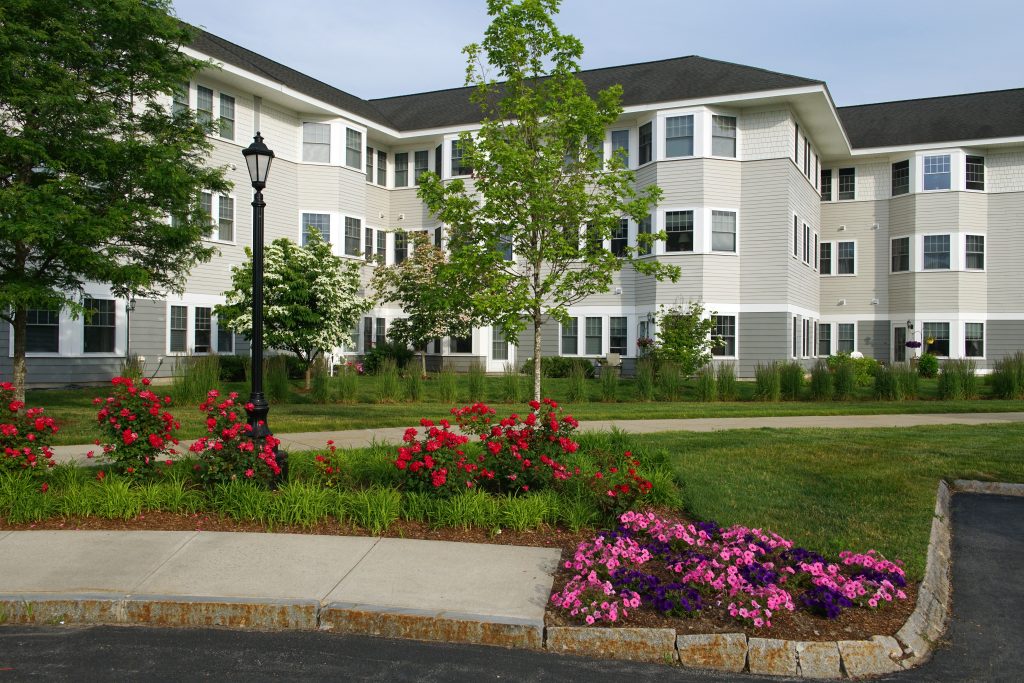Springing Into Action: Engineering Weatherproofing Strategies for the Changing Season

As the chill of winter gives way to the refreshing warmth of spring, engineers shift their focus to adapt structures for the changing weather conditions. Engineering weatherproofing in spring involves a meticulous approach to address the unique challenges posed by this transitional season. From managing increased rainfall to preparing for potential temperature fluctuations, this article explores key strategies employed by engineers to weatherproof structures effectively during the springtime.
- Roof Inspection and Maintenance: With the arrival of spring, engineers prioritize roof inspections to assess any damage caused by winter storms. They examine shingles, gutters, and flashing, repairing or replacing components as needed. Additionally, engineers focus on ensuring proper drainage to prevent water accumulation, which becomes especially critical during the increased rainfall characteristic of spring.
- Waterproofing and Moisture Control: Spring often brings a surge in rainfall, making waterproofing a central aspect of weatherproofing engineering. Engineers examine walls, foundations, and basements for signs of water infiltration. Waterproofing membranes, sealants, and drainage systems are employed to protect structures from moisture, preventing issues such as mold growth and structural damage.
- Landscaping Considerations: Landscaping plays a significant role in weatherproofing during spring. Engineers collaborate with landscape architects to design grading and drainage solutions that direct water away from structures. Properly designed slopes and swales prevent water accumulation around foundations, mitigating the risk of soil erosion and water-related damage.
- Window and Door Maintenance: Spring is an opportune time for engineers to inspect windows and doors. They focus on ensuring proper sealing to prevent air and water infiltration. This includes checking weatherstripping, caulking, and inspecting the functionality of doors and windows. Upgrading seals and addressing any issues early on helps maintain energy efficiency and indoor comfort.
- HVAC System Transition: As temperatures fluctuate during spring, engineers oversee the transition of HVAC systems from heating to cooling. This involves inspecting and servicing air conditioning units, checking ventilation systems, and optimizing thermostat settings. Efficient HVAC systems contribute to maintaining comfortable indoor temperatures while enhancing energy efficiency.
- Pest Prevention Measures: Spring marks the awakening of various pests, making pest prevention an integral part of weatherproofing engineering. Engineers collaborate with pest control experts to seal potential entry points, such as cracks and gaps, ensuring that structures remain protected against unwelcome intruders.
- Exterior Material Inspection: Engineers scrutinize exterior materials for signs of wear or damage caused by winter conditions. This includes inspecting siding, paint, and other finishes. Addressing any issues promptly not only preserves the aesthetic appeal of structures but also contributes to their overall longevity.
- Sustainable Solutions: Incorporating sustainable weatherproofing solutions aligns with the broader goals of eco-friendly construction. Engineers explore materials and technologies that not only protect structures but also contribute to environmental sustainability. This may include the use of eco-friendly sealants, energy-efficient windows, and other green building practices.
Spring brings a sense of renewal, and with it, the opportunity for engineers to rejuvenate structures after the challenges of winter. By focusing on roof maintenance, waterproofing, landscaping considerations, window and door maintenance, HVAC system transition, pest prevention, exterior material inspection, and sustainable solutions, engineers ensure that structures seamlessly transition into the new season. Weatherproofing in spring is not only about addressing immediate concerns but also about laying the groundwork for structures to thrive in the warmer months ahead. As the world blossoms with new life, so too do the structures that embody the resilience and adaptability of engineering expertise.